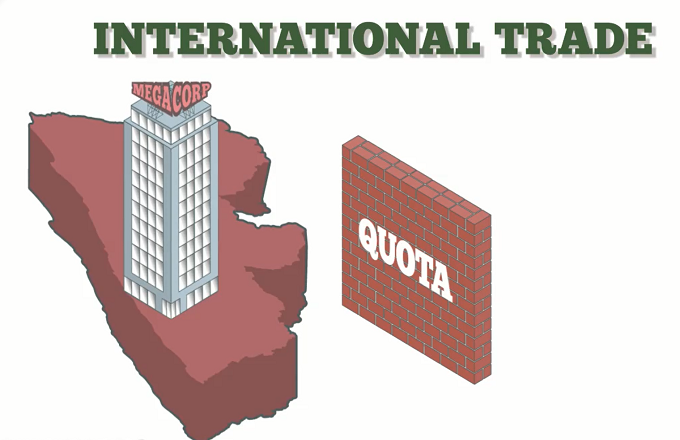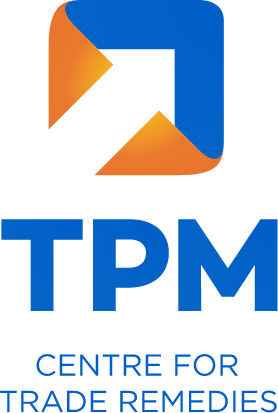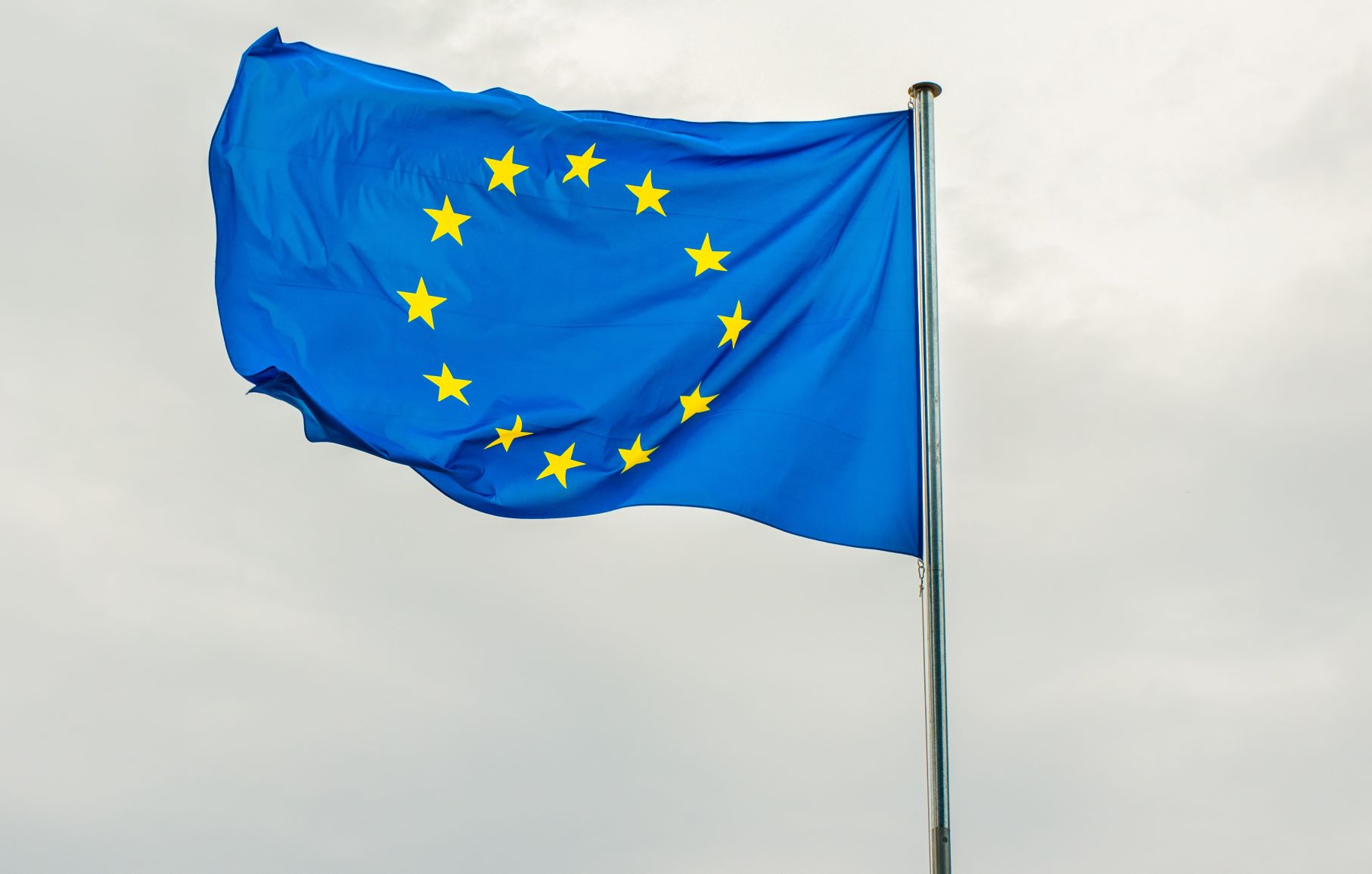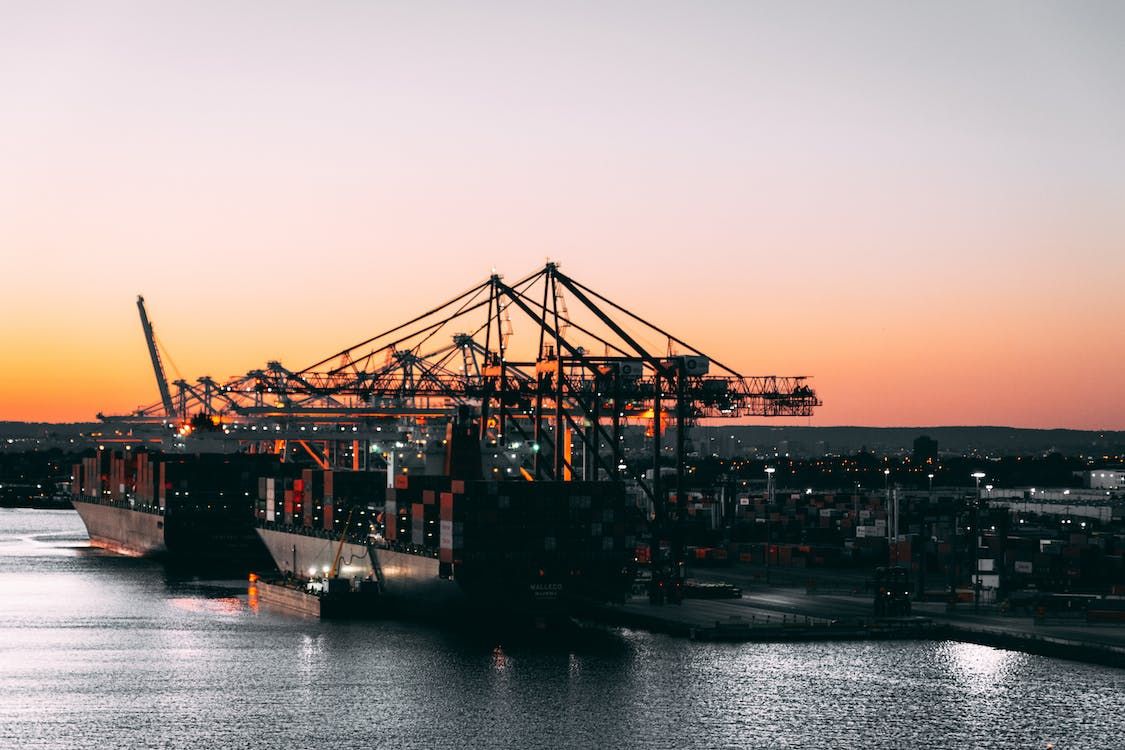Introduction of Tariff Rate Quotas

Author: Neha Pandey
Safeguard measures are the protectionist measures available to the domestic industry in order to provide them a breathing time to adjust to compete with the increased imports. Safeguard measures are applied when product is being imported in increased quantities, to cause or threaten to cause injury to the domestic industry. Safeguard measure are applied to a product being imported irrespective of its source. The relief that was available to the domestic industry in India under safeguard law was in the form of additional import duties or quantitative restrictions.
In the recent Budget, an amendment has been introduced to the law relating to Safeguard measure, which has empowered the Central Government to impose safeguard measure in the form of tariff rate quota, an additional form of relief under safeguard measure.
Tariff Rate quota acts as an upper limit of imports into India from the exporting country. As long as the exporting country will export the goods to India within the prescribed limit/quota, no or low duty will be charged by the investigating country. However, if the exporting country exhausts the prescribed limit, a safeguard duty/tariff will be levied. For instance, under safeguard measure, a quota of 25,000 MT has been allocated to a country for exports and if the said country exhausts the allocated limit, a higher Safeguard duty will be levied on exports exceeding the volume of 25,000 MT. Thus, this provision has elements of both quantitative restrictions as well as an additional tariff, in the event when the quota is exhausted.
Article XIII of the General Agreement on Tariffs and Trade (GATT) 1994 read with Article 5 (1) of the WTO Agreement on Safeguards provides for quantitative restrictions as a safeguard measure and the conditions which a Member country must fulfil before applying for such a measure. Article 5 (1) of the WTO Agreement on Safeguards governs how quota shares are to be allocated among the exporting countries. The member countries may do away with level of quota (i.e. the quota levels may be modulated) if (i) the percentage increase in imports from certain Members has been disproportionate to the overall increase in imports, (ii) the reasons for the departure from the general rule are justified, and (iii) the conditions of such a departure are equitable to all suppliers of the product concerned.
Other WTO member countries such as USA, European Union, Canada, Australia, Japan, New Zealand etc. have been using Tariff Rate Quota as one of the safeguard measures. This measure is most suitable in the situation where there is demand supply gap in the importing countries.
Steel Safeguard Investigation by European Commission- An example of Tariff Rate Quota
The European Commission after finding that the increased imports of steel have caused serious injury to the European Union Industry, allocated tariff rate quotas against imports of Certain Steel Products. To the question whether the tariff allocation should be country specific or global, the European Commission was of the view that there are two specific factors with needs to be consider while deciding this (i) since the product scope is wide, there are various exporting countries, and hence it will be difficult to allocate tariff quota for each exporting country and (ii) exports from some of the countries have reduced in recent period due to countervailing or anti-dumping duties in force. The Investigating Authority finally decided to adopt a mixed approach, wherein, country specific allocation was given to those countries which had significant supplying interest, based on their imports over the last 3 years. The commission, for the purpose of this Regulation considered that countries with a share of more than 5 % of imports for the product category concerned have a significant supplying interest. The global tariff-rate quota (‘the residual quota’) was based on the average of the remaining imports over the last three years and it was allocated to all other supplying countries. Since there was a wide variety of product under investigation, the quota was allocated on the basis of product category. For every category, quotas were allocated country wise as well as residual.
Tariff quotas, once allocated, are revised on yearly basis. But in the present case the Commission considered that the residual tariff-rate quota should be divided quarterly in order to ensure that imports are evenly distributed over the year and prevent that significant imports of standard products are stockpiled at the beginning of the period in order to avoid possible duties. The commission also decided not to allocate country specific quota to those countries whose imports have declined in the recent period due to anti-dumping/countervailing duty in force. Those countries were allocated the residual category of quota.
Introduction of Tariff Rate Quota, as a Safeguard measure is a welcome step from the Government of India since it provides for a discretion to the Authority to apply a mix form of relief in a case to case basis. India has only applied additional tariffs as a safeguard measure, in all its investigations till now. However, there is an ongoing case of safeguard measures, concerning imports of “Isopropyl Alcohol”, where the domestic industry has sought a relief in the form of quantitative restrictions. Now that the usage of TRQ is imminent, there is need for introduction for Rules governing its allocation, implementation, revisions and monitoring. It should, however, be kept in mind that methodology for the allocation must be on case to case basis owing to difference in the market situation and complexity of the product involved, number of exporting countries, countries facing trade remedial measures etc.





